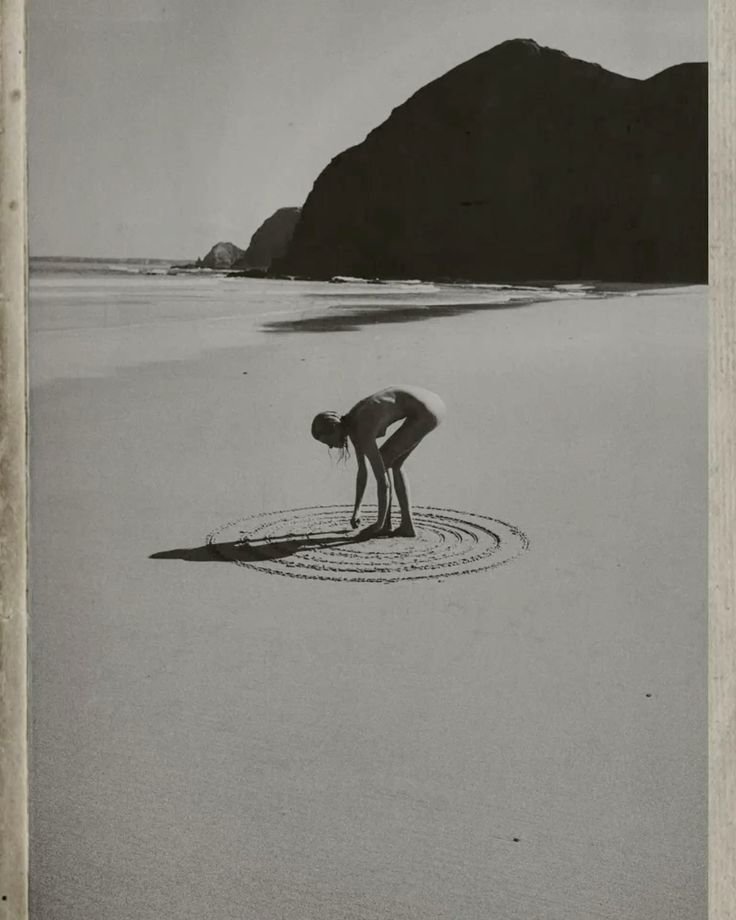The isolation of invisible illness;
Living with an invisible illness can be deeply isolating—and, at times, incredibly lonely.
Invisible illnesses are physical, mental, or neurological conditions that aren’t immediately apparent to others.
These may include conditions like chronic pain, endometriosis, anxiety, depression, autism, ADHD, chronic fatigue syndrome, cognitive disorders, multiple sclerosis, life post-stroke, functional neurological disorder, and sensory processing disorders.
Because many of these conditions don’t have outward signs, those who live with them often struggle to communicate their needs or explain what they’re going through. Unfortunately, it’s not uncommon to be met with doubt, skepticism, or challenging questions—adding another layer of emotional burden to an already difficult experience.
People with invisible illnesses often deal with a combination of pain, fatigue, brain fog, and emotional strain. These challenges can lead to social withdrawal, fear of being judged or misunderstood, and a deep sense of disconnection from the world around them.
It can be incredibly hard to feel like no one truly understands what you're going through. The unpredictable nature of symptoms—feeling okay one day and unwell the next—can feel like a rollercoaster. This up-and-down cycle is valid and normal. You don’t owe anyone a consistent explanation or proof of your experience. It’s okay to simply express what you need, even if others don’t fully understand.
On the “good days,” it’s natural to feel a sense of relief—but they can also bring uncertainty. You might find yourself waiting for the next flare-up or questioning whether your illness is “real” after all. This kind of self-doubt is common, and you’re not alone in feeling it.
It’s okay to feel frustrated, angry, confused, lonely—or even guilty. Guilt for cancelled plans, for needing rest, or for feeling like a burden. But please remember: none of this is your fault.
Let go of rigid expectations—yours or others’. Build a support system that sees and values you, whether that’s close friends, a psychologist, or a community of people who understand what it means to live with an invisible illness. Carve out time for activities that bring you peace and joy, even in small ways. Strengthen the boundaries that protect your wellbeing, and try not to carry shame for an experience you didn’t choose.
Most importantly, be gentle with yourself. You are not alone. Far more people live with invisible illnesses than you might realise.
As a practitioner, I may not fully understand everything you’re experiencing—but I will listen. I will believe you. Having lived with an invisible illness myself for many years, I understand how isolating it can feel. I am here to support you on your healing journey with compassion and care.
~ Lily.
